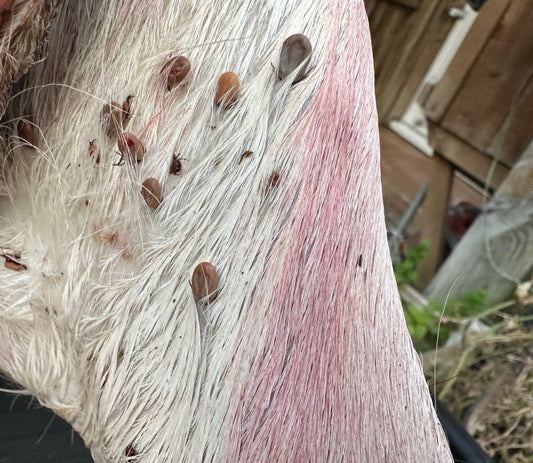Sussex, with its rich natural landscapes and diverse ecosystems, faces a pressing challenge in managing its deer populations. The burgeoning numbers, particularly in southern regions, have catalysed a nuanced debate on wildlife management practices. Central to this discussion is the targeted culling of female deer, a method underscored by its ecological, economic, and ethical implications. This measure, while contentious, is pivotal in maintaining the delicate balance between human interests and the natural world.

The rationale for emphasising female deer in culling efforts stems from their critical role in population dynamics. Unlike their male counterparts, female deer directly influence the reproductive rate and, consequently, the population growth. This piece seeks to unpack the multifaceted rationale behind prioritising females in deer management strategies, exploring the ecological, societal, and conservation-oriented perspectives that inform this practice.
Ecological Impact
The ecological implications of unchecked deer populations are profound and multifarious. Predominantly, the overabundance of deer leads to habitat degradation, as excessive browsing depletes undergrowth, impacting plant diversity and the broader ecosystem services. In regions like Sussex, where conservation of native flora and fauna is paramount, the selective culling of females directly addresses the root of population growth, thereby facilitating a more manageable interaction between deer and their habitats.
Moreover, the imbalance caused by overpopulation disrupts the symbiotic relationships within ecosystems, affecting not only plant life but also other wildlife dependent on the same habitat. The decrease in biodiversity can have cascading effects, leading to the loss of certain species and the overall health of the environment. By controlling the number of female deer, wildlife managers aim to restore and preserve the ecological equilibrium, ensuring the sustainability of Sussex's natural heritage.
Socio-economic Considerations
Beyond the ecological concerns, the socio-economic ramifications of deer overpopulation are significant, encompassing agricultural damage, road safety issues, and public health risks. The agricultural community in Sussex frequently grapples with the challenges posed by deer, including crop raiding and the destruction of fencing, leading to considerable financial losses. Female-focused culling mitigates these impacts by curbing the population incrementally, thereby reducing the frequency and severity of deer-human conflicts.
The safety of motorists is another critical concern, with deer-related collisions posing risks to human life and property. The reduction of deer numbers through targeted culling, especially of females, is a proactive measure to decrease the likelihood of such accidents. Furthermore, controlling deer populations helps in managing the spread of diseases such as Lyme disease, directly benefiting public health and safety.
Ethical and Sustainable Management
The practice of culling, particularly when it involves selective targeting of females, raises ethical questions and demands a sustainable, science-based approach. Ethical wildlife management advocates for minimal suffering, emphasising the need for skilled practitioners and humane methods. The decision to focus on females is informed by biological and ecological data, aiming for the long-term health and viability of deer populations as well as the ecosystems they inhabit.
Sustainability in deer management also involves ongoing research, monitoring, and adaptation of strategies based on ecological feedback. It necessitates a collaborative effort among conservationists, landowners, and the community, ensuring that management practices are transparent, justified, and aligned with broader conservation goals. This inclusive approach fosters a deeper understanding and appreciation of the necessity for and the benefits of responsible wildlife management practices.
The targeted culling of female deer in Sussex's management strategies is a nuanced and essential practice, rooted in ecological science and conservation ethics. It addresses the complex challenges of overpopulation, aiming to harmonize the needs of human communities with the imperatives of ecological stewardship. As we navigate the delicate balance between conservation and development, such practices remind us of the intricate interdependencies within our ecosystems and the critical role of informed, ethical management in sustaining them.




